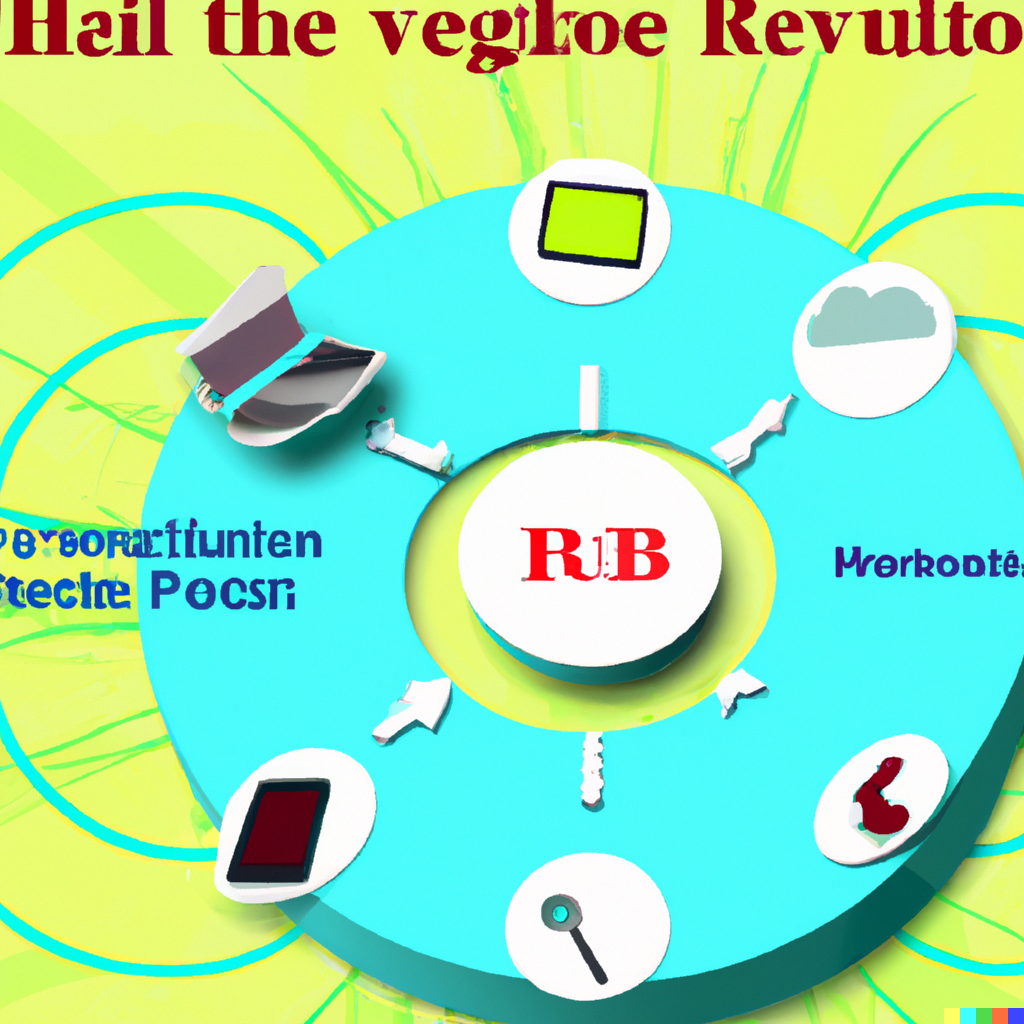Web 3.0 has been a topic of discussion for quite some time now, with the potential to revolutionize many industries, including healthcare. Web 3.0, also known as the semantic web, is the next stage in the evolution of the internet. It aims to make the internet more intelligent and connected by creating a web of data that machines can understand and interpret. In healthcare, Web 3.0 has the potential to transform the way we access, share, and use health data.
The healthcare industry is facing numerous challenges, from rising costs to inefficiencies in the system. One of the biggest challenges is the lack of interoperability between different systems and data silos. Health data is scattered across multiple sources, and it is often difficult to share information between different providers and systems. This lack of interoperability can result in delays in care, misdiagnosis, and other adverse events.
Web 3.0 could help solve these problems by creating a more connected and intelligent healthcare ecosystem. By using blockchain technology, Web 3.0 could provide a secure and decentralized platform for health data sharing. Blockchain technology enables secure and transparent data sharing, which can help prevent fraud, ensure data integrity, and protect patient privacy.
In addition to blockchain, Web 3.0 also leverages other technologies such as artificial intelligence (AI), machine learning (ML), and the Internet of Things (IoT) to provide a more intelligent and personalized healthcare experience. AI and ML can help analyze large amounts of health data to identify patterns and predict outcomes. This can help healthcare providers make more informed decisions and provide better care to patients.
The IoT can also play a significant role in Web 3.0 healthcare. Wearable devices, for example, can collect and transmit real-time health data to healthcare providers. This can help providers monitor patients remotely, detect potential health issues early, and provide personalized care.
Web 3.0 could also help patients take control of their health by providing them with access to their health data. Patients could use blockchain technology to securely store and share their health data with healthcare providers, family members, and other trusted individuals. This could help patients become more engaged in their care and make better-informed decisions about their health.
While the potential benefits of Web 3.0 in healthcare are significant, there are also some challenges that need to be addressed. One of the biggest challenges is the lack of standards for data sharing and interoperability. Without common standards, it can be difficult to share data between different systems and ensure data integrity.
Another challenge is the need for a robust cybersecurity infrastructure. With increased data sharing comes increased cybersecurity risks, and healthcare providers and patients must be confident that their data is secure and protected from hackers and cybercriminals.
In conclusion, Web 3.0 has the potential to revolutionize healthcare by creating a more connected and intelligent healthcare ecosystem. By leveraging blockchain technology, AI, ML, and IoT, Web 3.0 could help healthcare providers deliver more personalized care, improve outcomes, and reduce costs. While there are challenges to overcome, the potential benefits make Web 3.0 an exciting prospect for the healthcare industry.

